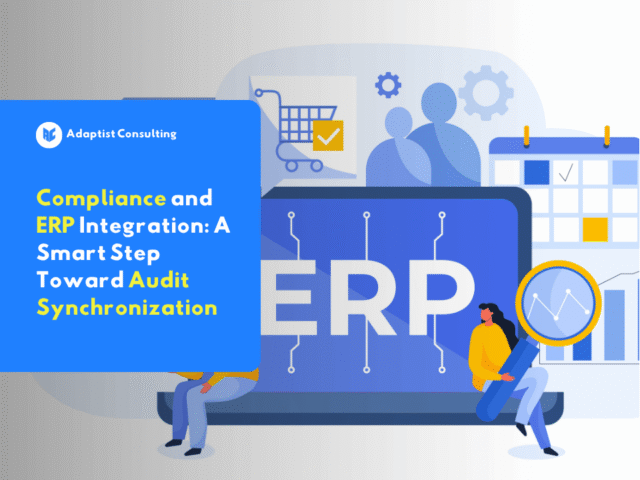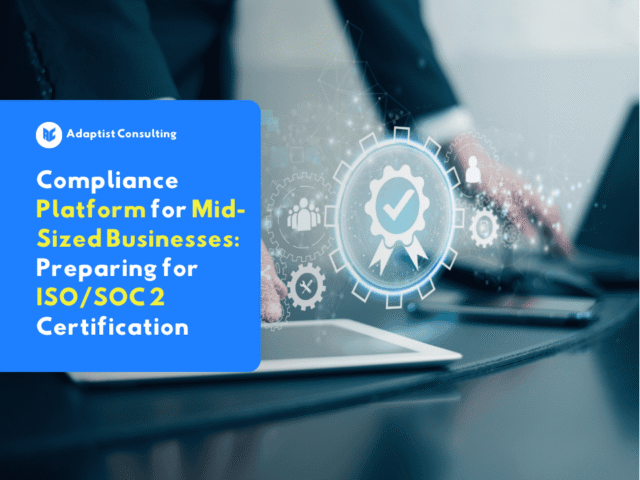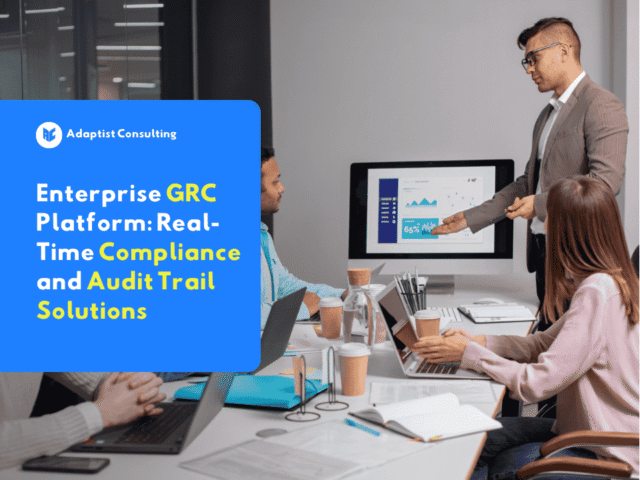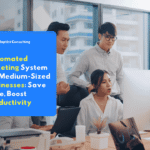
Automated Ticketing System for Medium-Sized Businesses
October 14, 2025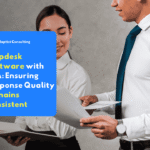
Helpdesk Software with SLA for Medium-Sized Businesses
October 15, 2025Policy & Risk Management System Enterprise: The Foundation of Corporate Governance
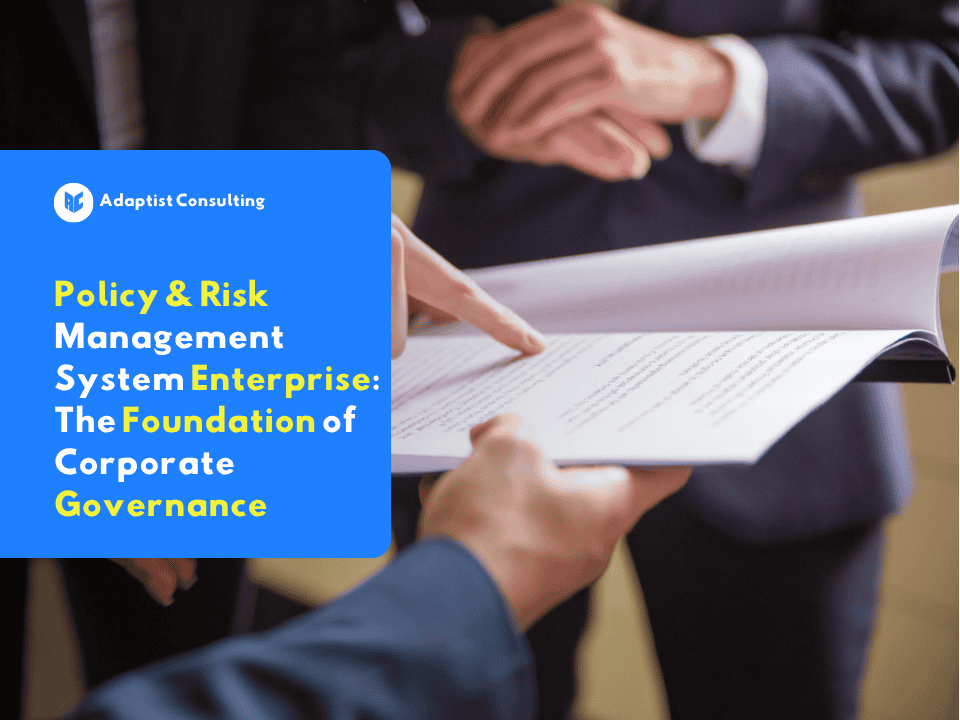
Introduction
In today’s compliance-driven landscape, large organizations require a centralized system to manage policies and risks effectively. Without an integrated approach, policy enforcement becomes inconsistent, documents are scattered across departments, and risk visibility diminishes—leading to operational inefficiencies and potential compliance violations.
A Policy & Risk Management System Enterprise addresses these challenges by automating the monitoring, assessment, and mitigation of organizational risks. The system ensures policies are aligned with global standards and helps identify emerging risks before they escalate.
According to Gartner, over 70% of enterprise organizations now rely on integrated risk management systems to accelerate data-driven decision-making and maintain regulatory compliance across regions.
What Is a Policy & Risk Management System Enterprise?
A Policy & Risk Management System is a unified platform that combines policy management and risk management in a single ecosystem.
It enables enterprises to:
-
Create, review, and update policies in accordance with compliance standards.
-
Conduct automated risk assessments using operational data.
-
Prioritize risk mitigation based on impact and probability.
-
Track adherence to regulations such as ISO 31000, GDPR, and Indonesia’s Personal Data Protection Act (PDP Law No. 27 of 2022).
This solution enhances internal governance, reduces exposure to financial and reputational risks, and strengthens stakeholder trust through transparency.
Challenges Without an Integrated System
Inconsistent Policy Enforcement
Different departments create isolated rules without centralized oversight.
Limited Risk Visibility
Emerging risks go undetected until they impact operations.
Inefficient Audits
Manual data tracking slows down compliance verification.
Delayed Response to New Regulations
Adapting to evolving compliance standards takes longer than necessary.
Implementing a Policy & Risk Management System enables proactive, data-driven risk control and policy management across complex corporate environments.
Key Components of an Enterprise Policy & Risk Management System
-
Policy Lifecycle Management
Manage the complete policy lifecycle — from drafting and approval to publication and review. -
Automated Risk Assessment
The system identifies potential risks using real-time operational and compliance data. -
Centralized Dashboard
Provides executives and compliance teams with a holistic view of all risks and policies across departments. -
Compliance Tracking
Links each policy to relevant standards, ensuring ongoing regulatory alignment. -
Incident & Mitigation Log
Captures incidents, actions, and outcomes for audit and accountability.
According to Deloitte, companies adopting integrated policy and risk management systems have reduced incident impact by up to 40% compared to those relying on manual processes.
Benefits for Enterprise Organizations
-
Automated Compliance — Maintain up-to-date alignment with evolving global standards.
-
Faster Risk Mitigation — Identify and respond to risks early.
-
Complete Transparency & Audit Trail — Track all policy updates and revisions.
-
Operational Efficiency — Eliminate manual, repetitive governance tasks.
-
Data-Driven Decision-Making — Access real-time insights for informed strategic planning.
Adaptist Privee Solution
Adaptist Privee offers a Policy & Risk Management System Enterprise designed to help large organizations achieve seamless governance and compliance across global operations.
Key Advantages:
-
Unified dashboard combining policy and risk oversight.
-
Real-time monitoring of regulatory changes.
-
Automated reminders for policy updates and compliance audits.
-
Compliance reports aligned with ISO 31000, GDPR, and NIST standards.
-
Advanced analytics for efficient audit investigation.
For an extended look at governance integration, explore Enterprise GRC Platform: Real-Time Compliance and Audit Trail Solutions.
Conclusion: Policy & Risk Management System Enterprise as the Foundation of Modern Governance
A Policy & Risk Management System empowers corporations to manage policies and risks efficiently, transparently, and in full regulatory compliance.
With the support of Adaptist Privee, enterprises can build adaptive, data-driven governance frameworks that evolve with changing regulations, enhance audit readiness, and reinforce stakeholder confidence in the digital era.


